Home>Home Maintenance>What Can I Use For Drainage In The Bottom Of A Planter
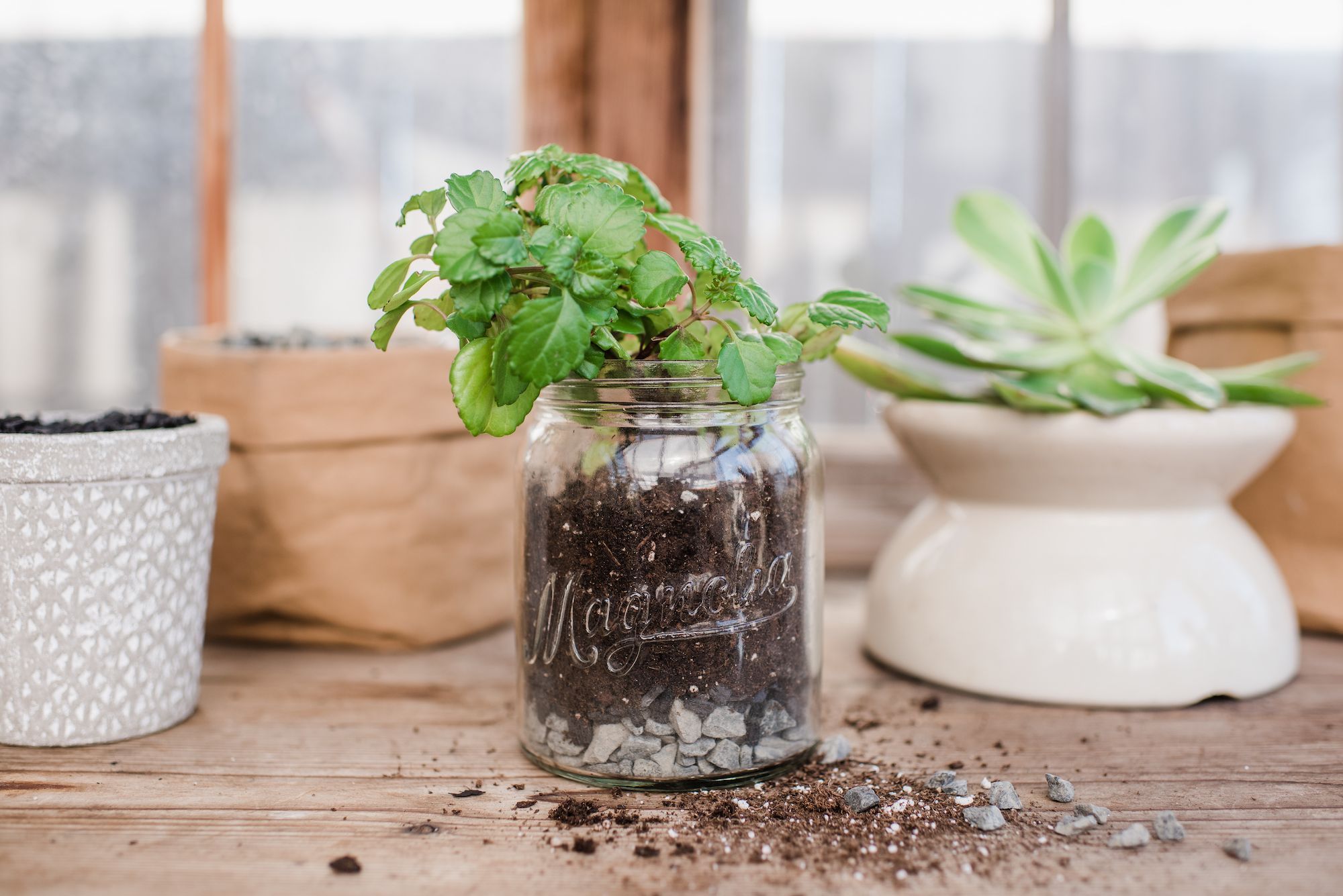

Home Maintenance
What Can I Use For Drainage In The Bottom Of A Planter
Modified: March 7, 2024
Looking for effective drainage solutions for your planter at home? Check out our expert tips on what you can use to ensure optimal drainage at the bottom of your planter.
(Many of the links in this article redirect to a specific reviewed product. Your purchase of these products through affiliate links helps to generate commission for Storables.com, at no extra cost. Learn more)
Introduction
When it comes to planting flowers or growing your own vegetables, having proper drainage in your planters is crucial for the health of your plants. Without adequate drainage, excess water can accumulate at the bottom of your planter, leading to root rot and other issues that can hinder the growth and survival of your plants. So, what can you use for drainage in the bottom of a planter to ensure that your plants thrive?
In this article, we’ll explore various options for creating effective drainage in your planters. Whether you prefer natural or synthetic materials, we’ve got you covered. Let’s dive in and discover the best choices for promoting healthy, lush plants.
Key Takeaways:
- Proper drainage in planters is crucial for healthy plants. Natural materials like gravel and wood chips, as well as synthetic options like plastic drainage discs, offer effective solutions for promoting optimal drainage.
- Experiment with different materials to find the best drainage solution for your plants. Consider factors such as water needs, soil type, and planter size to create a thriving garden with lush and healthy plants.
Read more: What Can I Use For Planter Drainage
Why is drainage important in planters?
Proper drainage is essential in planters for several reasons. First and foremost, it helps to prevent waterlogged soil, which can suffocate the roots of your plants. When water cannot properly drain from the planter, it can lead to stagnant water and a lack of oxygen in the soil. This can result in root rot, fungus growth, and the overall decline of your plants.
Additionally, having good drainage allows excess water to escape from the planter, preventing the accumulation of salts and minerals in the soil. Without adequate drainage, these substances can build up over time and lead to nutrient imbalances, affecting the overall health and growth of your plants.
Moreover, proper drainage also helps to prevent soil compaction. When water cannot escape, it can compact the soil particles, reducing aeration and making it difficult for the roots to penetrate and access vital nutrients. Adequate drainage promotes a loose, well-aerated soil structure, which is crucial for healthy root development and overall plant vigor.
Furthermore, in regions with heavy rainfall or during periods of excessive watering, good drainage helps to prevent waterlogging and potential flooding. It allows excess water to flow away from the planter, preventing damage to the roots and bringing the soil to an optimal moisture level for plant growth.
In summary, proper drainage in planters is crucial for avoiding waterlogged soil, preventing root rot, maintaining nutrient balance, promoting healthy root development, and preventing flooding. Now, let’s explore some options for achieving effective drainage in your planters.
Natural materials for drainage
When it comes to creating drainage in your planters, there are several natural materials you can use. These options not only aid in water drainage but also provide additional benefits for your plants. Here are some of the top choices:
- Gravel: Gravel is a commonly used natural material for drainage in planters. Its coarse texture allows water to flow freely, preventing waterlogged soil. Additionally, gravel helps to improve aeration and acts as a barrier, keeping the soil from compacting.
- River rocks: River rocks are another excellent choice for drainage. Similar to gravel, they allow water to flow through easily while providing aesthetic appeal. River rocks can be arranged at the bottom of the planter or even layered throughout the soil to enhance drainage and add visual interest.
- Wood chips: Wood chips not only aid in drainage but also contribute to soil improvement. They create air pockets in the soil, improving aeration and water movement. Wood chips also break down over time, adding organic matter to the soil and promoting a healthy microbial environment.
- Perlite: Perlite is a lightweight volcanic rock that is often used as a soil amendment. It has excellent drainage properties due to its porous nature, allowing excess water to pass through while retaining some moisture for the plants. Perlite also helps to improve soil structure by preventing compaction.
- Vermiculite: Similar to perlite, vermiculite is a lightweight mineral that improves drainage and moisture retention in the soil. It has excellent water-absorbing properties, which can benefit plants in drier climates or during hot summer months. Vermiculite also provides insulation and helps regulate soil temperature.
- Sand: Sand is a natural material that aids in drainage by creating larger pore spaces in the soil. It allows excess water to move freely and prevents soil compaction. However, it’s important to use coarse sand rather than fine sand to avoid water retention.
- Coconut coir: Coconut coir is a byproduct of coconut processing and is commonly used as a soil amendment. It has excellent water-holding capacity while still allowing for drainage. Coconut coir promotes good aeration and is a sustainable alternative to peat moss.
Using these natural materials in the bottom of your planters will help create a well-draining environment for your plants. Experiment with different options and find the best combination that suits your plants’ needs. Next, we’ll explore some synthetic materials that can also assist in achieving effective drainage.
Gravel
Gravel is a popular and widely used natural material for creating drainage in planters. Its coarse texture and permeability allow water to flow freely, preventing waterlogged soil and promoting healthy root development. Here’s why gravel is a great choice for drainage:
- Improved drainage: The primary purpose of using gravel in the bottom of a planter is to facilitate drainage. When water is poured into the planter, it easily seeps through the gaps and passes into the layer of gravel. This prevents water from pooling at the bottom, which can lead to root rot and other plant health issues.
- Aeration: The gaps between the gravel particles also allow air to circulate within the planter. Adequate aeration is important for the roots to access oxygen, promoting healthier and more robust plant growth.
- Prevents soil compaction: By creating a layer of gravel at the bottom of the planter, you can help prevent soil compaction. This is especially important in compacted and heavy soils, as it allows excess water to drain away instead of saturating the soil and causing it to become dense and compacted.
- Erosion control: Gravel can help prevent erosion in planters by stabilizing the soil. When water flows through the planter, the gravel acts as a buffer, reducing the force of the water and preventing soil erosion.
- Aesthetic appeal: Apart from its functional benefits, gravel can also add a decorative touch to your planters. It comes in various sizes and colors, allowing you to create visually appealing combinations or patterns in your planters.
When using gravel for drainage, it’s important to choose the right size. Opt for coarse gravel with larger particles as it allows for better water flow. Fine or small gravel can create pore spaces that are too small, potentially causing water retention and defeating the purpose of drainage.
To incorporate gravel in your planter, simply add a layer at the bottom before adding the soil. Aim for a depth of about 1-2 inches (2.5-5 cm) for optimal drainage. Ensure that the gravel layer covers the entire bottom surface of the planter and is evenly spread. Once the gravel layer is in place, you can proceed with adding the potting mix and planting your desired plants.
Overall, gravel is an effective and versatile natural material for creating drainage in planters. Its ability to improve drainage, promote aeration, prevent soil compaction, control erosion, and add visual appeal make it a popular choice among gardeners. Consider incorporating gravel in your planters to provide the optimal growing conditions for your plants.
River Rocks
River rocks are a fantastic natural material to use for drainage in planters. Their smooth, rounded texture not only adds visual interest to your planters but also provides excellent drainage capabilities. Here are the key reasons why river rocks are a great choice:
- Excellent drainage: The porous nature of river rocks allows water to flow freely through the gaps. This prevents water from accumulating at the bottom of the planter, ensuring that excess moisture drains away. Proper drainage is crucial for preventing root rot and ensuring the health of your plants.
- Aeration: The gaps between river rocks also promote air circulation in the soil. This is essential for healthy root development, as roots require oxygen to thrive. By using river rocks as a drainage layer, you provide a well-aerated environment for your plants.
- Prevents soil compaction: By creating a layer of river rocks at the bottom of the planter, you help prevent soil compaction. When water drains through the soil, it can carry away fine particles, leading to compacted soil over time. The presence of river rocks prevents this compaction, maintaining the soil’s structure and allowing roots to penetrate easily.
- Stabilizes soil: River rocks act as a stabilizing agent, preventing soil erosion in planters. They create a barrier that reduces the force of water flow, minimizing the risk of soil being washed away. This is particularly beneficial in areas with heavy rainfall or when watering your plants.
- Decorative element: In addition to their functional benefits, river rocks also enhance the aesthetic appeal of your planters. Their natural, smooth appearance adds a touch of beauty and sophistication to your garden. You can choose from various sizes and colors of river rocks to create interesting designs or patterns.
When using river rocks for drainage, it’s advisable to select rocks that are uniform in size to ensure consistent water flow. Avoid using rocks that are too large, as they may create gaps that can hinder drainage. Similarly, using rocks that are too small may lead to poor drainage, defeating the purpose of creating a drainage layer.
To incorporate river rocks in your planter, add a layer at the bottom before filling it with soil. Aim for a depth of approximately 1-2 inches (2.5-5 cm) for optimal drainage. Spread the river rocks evenly across the entire bottom surface of the planter. Afterward, proceed with adding the potting mix and planting your desired plants.
Overall, river rocks offer both functional and decorative benefits when used as a drainage material in planters. Their ability to promote excellent drainage, enhance aeration, prevent soil compaction, stabilize soil, and add visual appeal make them a valuable asset to any garden. Consider incorporating river rocks in your planters to create a healthy and beautiful environment for your plants to thrive.
Wood Chips
Wood chips are a natural material that not only aids in drainage but also provides additional benefits for your plants. Made from a variety of tree species, wood chips are an excellent choice for creating a well-draining environment in your planters. Here’s why wood chips are a great option:
- Improved drainage: Wood chips have a coarse texture that allows water to drain through easily. When water is poured into the planter, it will flow through the gaps between the chips, preventing waterlogging and reducing the risk of root rot.
- Aeration: The presence of wood chips in the soil promotes better aeration. The air pockets created by the chips allow oxygen to penetrate the soil and reach the roots, which is crucial for the overall health and growth of your plants.
- Prevents soil compaction: One of the advantages of using wood chips is their ability to prevent soil compaction. The chips create a loose structure in the soil, preventing it from becoming too dense and compacted. This allows roots to grow more easily and ensures proper water drainage.
- Nutrient release: As wood chips break down over time, they release small amounts of nutrients into the soil. This gradual nutrient release helps to improve the fertility of the soil and provides a steady supply of nutrients for your plants.
- Moisture retention: Wood chips have the ability to absorb and retain moisture. They act as a sponge, holding onto water and slowly releasing it to the plant roots. This can be particularly beneficial during hot weather or in dry climates, helping to maintain a more consistent moisture level in the soil.
When using wood chips for drainage, it’s important to choose chipped wood rather than large pieces or mulch. Chipped wood will provide the best balance between drainage and moisture retention.
To incorporate wood chips into your planters, add a layer at the bottom before filling it with soil. Aim for a depth of around 1-2 inches (2.5-5 cm) to ensure effective drainage. Spread the wood chips evenly across the entire bottom surface of the planter, covering the area completely. Once the wood chips layer is in place, you can proceed with adding the potting mix and planting your desired plants.
Wood chips not only enhance drainage in your planters but also promote a healthier growing environment for your plants. Their ability to improve drainage, enhance aeration, prevent soil compaction, release nutrients, and retain moisture make them a valuable option for any gardener. Consider incorporating wood chips into your planters to create optimal conditions for your plants to flourish.
Perlite
Perlite is a lightweight and porous volcanic rock that is commonly used as a soil amendment and drainage material in planters. Its unique properties make it an excellent choice for enhancing drainage and promoting healthy plant growth. Here’s why perlite is a great option:
- Excellent drainage: Perlite has a porous structure with countless tiny air pockets. This allows water to easily drain through the gaps, preventing waterlogged soil and reducing the risk of root rot. The excellent drainage properties of perlite ensure that excess moisture can escape from the planter, promoting healthier plants.
- Aeration: The air pockets in perlite also provide good airflow in the soil, ensuring that the roots receive sufficient oxygen. Adequate aeration is essential for healthy root development and overall plant vitality.
- Prevents soil compaction: Perlite’s lightweight nature prevents soil compaction, even in heavy soils. It creates a loose and well-aerated environment that allows roots to penetrate easily and promotes healthy root growth. This helps in avoiding waterlogged and compacted soil, which can hinder plant growth.
- Improves soil structure: Perlite helps to improve the overall structure of the soil. By adding perlite to your planters, you can enhance the soil’s ability to retain moisture while still allowing excess water to drain away. This balance is crucial for providing your plants with the optimal growing conditions.
- Lightweight: Perlite is lightweight, which makes it easy to handle and work with when amending soils or filling planters. This is especially beneficial for larger planters, as it reduces the overall weight of the planter and makes it more manageable.
- pH neutral: Perlite is pH neutral, which means it will not alter the pH of the soil. This makes it suitable for a wide range of plants and allows you to maintain the desired pH level in your planters.
To incorporate perlite into your planters, you can mix it with the potting soil before filling the planter, or you can create a separate layer at the bottom for enhanced drainage. Aim to add perlite at a ratio of about 1 part perlite to 4 parts soil for optimal drainage benefits. Ensure that the perlite is evenly distributed throughout the soil for consistent drainage properties.
Overall, perlite is an excellent natural material for improving drainage and promoting healthy plant growth in your planters. Its ability to provide excellent drainage, enhance aeration, prevent soil compaction, improve soil structure, and remain pH neutral make it a favored choice among gardeners. Consider incorporating perlite into your planters to create an ideal growing environment that will encourage the health and vitality of your plants.
Vermiculite
Vermiculite is a natural mineral that is commonly used as a soil amendment and drainage material in planters. It offers several benefits for plant growth and is particularly effective in improving water retention and drainage. Here’s why vermiculite is a great option:
- Enhanced drainage: Vermiculite has excellent drainage properties due to its porous nature. It allows excess water to drain through the soil easily, preventing waterlogging and potential root rot. Proper drainage is vital for the overall health and longevity of your plants.
- Moisture retention: Vermiculite has the unique ability to absorb and retain large amounts of water. It acts like a sponge, holding onto moisture in the soil and gradually releasing it to the plants as needed. This is especially beneficial in dry climates or during hot summer months when consistent moisture levels are crucial for plant survival.
- Aeration: The porous structure of vermiculite allows for proper air circulation in the soil. It creates air pockets that encourage the flow of oxygen to the roots, promoting healthy root development and overall plant growth.
- Improved soil structure: Vermiculite helps to improve the structure of the soil by preventing compaction. It creates a loose and well-aerated environment, allowing roots to penetrate easily and access essential nutrients. The improved soil structure also promotes better root growth and nutrient uptake.
- Insulation and temperature regulation: Vermiculite provides insulation to the soil, protecting plants’ roots from extreme temperature fluctuations. It helps to regulate soil temperature by retaining warmth during cooler periods and preventing overheating during hot weather.
- pH neutral: Vermiculite is pH neutral, so it will not significantly affect the pH level of the soil. This makes it suitable for a wide range of plants and allows you to maintain the desired pH balance in your planters.
To incorporate vermiculite into your planters, you can mix it with the potting soil before filling the planter or create a separate layer at the bottom for improved drainage and moisture retention. Aim to add vermiculite at a ratio of around 1 part vermiculite to 4 parts soil for optimal water retention benefits.
It’s important to note that vermiculite should not be used on its own as a growing medium, as it lacks the necessary nutrients for plants. Therefore, it is best used as a soil amendment or in conjunction with other growing mediums.
Overall, vermiculite is a versatile and effective natural material for enhancing drainage and moisture retention in planters. Its ability to enhance drainage, retain moisture, improve soil structure, regulate temperature, and remain pH neutral make it a valuable addition to any gardening project. Consider incorporating vermiculite into your planters to create an optimal growing environment for healthy and thriving plants.
You can use materials like gravel, pebbles, or broken pottery to create a drainage layer at the bottom of a planter. This will help prevent water from pooling and causing root rot in your plants.
Sand
Sand is a natural material commonly used for drainage in planters. It offers excellent drainage properties and is readily available, making it a popular choice for both indoor and outdoor gardening. Here’s why sand is a great option for promoting drainage:
- Effective drainage: Sand has a naturally coarse texture, allowing water to pass through easily. When used as a drainage layer in a planter, it creates space for excess water to drain away, preventing waterlogged soil that can lead to root rot.
- Aeration: The coarse particles of sand create larger pore spaces in the soil, facilitating air circulation. This promotes oxygen availability to the roots, which is essential for optimal plant growth and development.
- Prevents soil compaction: The presence of sand in the soil helps to prevent compaction. It creates a loose structure that allows roots to penetrate easily, preventing the soil from becoming too dense and restricted. This promotes healthy root growth and allows for better water movement through the soil.
- Improves soil drainage in heavy soils: If you have heavy clay or compacted soil, incorporating sand can significantly improve drainage. The addition of sand helps to break up dense soil particles, allowing water to drain more freely and preventing waterlogging.
- Stabilizes soil: Sand can help stabilize the soil in planters, especially during heavy rainfall or watering. It provides a solid base and reduces the risk of erosion by preventing soil from being washed away.
- Allows for customized soil blends: By adding sand to the potting mix, you can create a customized soil blend with the desired drainage characteristics. This is particularly beneficial for plants that require well-draining soil, such as succulents and cacti.
When using sand for drainage, it’s important to choose coarse sand rather than fine sand. Coarse sand allows for better water drainage, while fine sand can actually contribute to water retention and hinder drainage.
To incorporate sand into your planters, you can mix it with the potting soil before filling the planter or create a separate layer at the bottom for improved drainage. Aim to add sand at a ratio of about 20-30% of the total soil volume for optimal drainage benefits.
It’s worth noting that while sand is beneficial for drainage, it does not provide any nutritional value to the plants. Therefore, it should be used in conjunction with other nutrient-rich soil amendments or fertilizers to meet the nutritional needs of your plants.
In summary, sand is an effective and easily accessible natural material for enhancing drainage in planters. Its ability to promote effective drainage, provide aeration, prevent soil compaction, improve heavy soils, stabilize soil, and allow for customized soil blends makes it a popular choice among gardeners. Incorporate sand into your planters to create an optimal growing environment for healthy and thriving plants.
Read more: How To Use A Planter Without Drainage Holes
Coconut Coir
Coconut coir, also known as coco coir, is a natural material made from the fibers found in the husk of coconut shells. It is an excellent choice for improving drainage in planters while retaining moisture. Here’s why coconut coir is a great option for promoting healthy plant growth:
- Improved drainage: Coconut coir has a fibrous and porous structure that allows excess water to drain freely through the soil. It prevents water from pooling at the bottom of the planter, reducing the risk of waterlogged soil and root rot. Proper drainage is vital for plant health and vitality.
- Moisture retention: While coconut coir promotes effective drainage, it also has excellent water-holding capacity. It can hold up to 10 times its weight in water, providing a consistent source of moisture to your plants. The ability to retain moisture is especially beneficial in dry climates or for plants that require consistent moisture levels.
- Aeration: Coconut coir promotes good air circulation in the soil, allowing roots to access oxygen. The porous nature of the coir allows for the flow of air and prevents soil compaction, which can hinder root growth.
- Nutrient-rich: Coconut coir contains natural minerals and organic matter that can benefit plant growth. It acts as a slow-release fertilizer, gradually providing essential nutrients to the plants over time. This contributes to the overall health and vigor of your plants.
- pH neutral: Coconut coir is pH neutral, meaning it has a near-neutral pH level. This makes it suitable for a wide range of plants and allows you to maintain the desired pH balance in your planters.
- Sustainable option: Coconut coir is an environmentally friendly choice as it is a renewable resource. It is a byproduct of the coconut industry and helps to minimize waste by repurposing coconut husks. By using coconut coir in your planters, you are contributing to sustainable gardening practices.
Coconut coir is typically available in compressed bricks or loose forms. To use it in your planters, soak the brick or loose coir in water until it expands and becomes fluffy. Mix it with the potting soil before filling the planter, ensuring a well-blended mixture for optimal drainage and moisture retention.
It’s worth noting that coconut coir alone does not provide sufficient nutrients for plants. Therefore, it is recommended to supplement it with organic fertilizers or incorporate it into a well-balanced potting mix to meet the nutritional needs of your plants.
In summary, coconut coir is a versatile and effective natural material for enhancing drainage and moisture retention in planters. Its ability to improve drainage, retain moisture, promote aeration, provide nutrients, maintain pH neutrality, and contribute to sustainability makes it a valuable addition to any gardening project. Consider incorporating coconut coir into your planters to create optimal growing conditions for healthy and thriving plants.
Synthetic materials for drainage
In addition to natural materials, there are various synthetic options available for creating effective drainage in your planters. These synthetic materials offer specific advantages and can be useful alternatives if you prefer non-organic solutions. Let’s explore some of the top choices:
- Styrofoam peanuts: Styrofoam peanuts are lightweight and provide excellent drainage in planters. They create air gaps that allow water to flow through, while also reducing the overall weight of the planter. However, it’s important to use caution when choosing this option, as some concerns have been raised about the environmental impact of Styrofoam.
- Plastic drainage discs: Plastic drainage discs are thin and circular pieces that can be placed at the bottom of the planter to ensure proper drainage. These discs prevent the soil from clogging the drainage holes or compacting, allowing water to flow freely while keeping the soil in place. They are easy to use and provide effective drainage without adding significant weight to the planter.
- Geotextile fabric: Geotextile fabric, often referred to as weed barrier or landscaping fabric, can also be used for drainage in planters. This synthetic material allows water to pass through but helps to retain the soil, preventing erosion and keeping the planter intact. Additionally, geotextile fabric can help suppress weed growth, making it a dual-purpose solution.
When using synthetic materials for drainage, make sure to choose high-quality options that are non-toxic and safe for your plants. Consider the specific needs of your plants and the environmental impact of the synthetic materials you choose to use.
It’s important to note that synthetic materials may not provide the same long-term benefits as natural materials. However, they can be effective and convenient solutions, especially for temporary plantings or when natural materials are not readily available.
Ultimately, the choice between natural and synthetic materials for drainage in your planters is a personal preference. Consider factors such as availability, environmental impact, ease of use, and the specific needs of your plants when deciding which option to pursue.
Now that we’ve explored both natural and synthetic materials for drainage, you have a range of options to choose from based on your specific preferences and gardening needs. Remember to consider the drainage requirements of your plants and experiment with different materials to find the best solution for your planters.
Styrofoam Peanuts
Styrofoam peanuts, also known as packing peanuts or foam peanuts, are a synthetic material that can be used for drainage in planters. While they are commonly used for packaging fragile items, they can also serve as an effective drainage solution in gardening. Here’s why Styrofoam peanuts are a viable option for promoting drainage:
- Lightweight: Styrofoam peanuts are extremely lightweight, which makes them an ideal choice for containers or larger planters. They provide effective drainage without adding significant weight to the planter itself, making it easier to move or transport.
- Excellent drainage: Styrofoam peanuts create air gaps in the soil, allowing excess water to flow through freely. This prevents water from pooling in the bottom of the planter and helps to prevent waterlogged soil. Proper drainage is essential for promoting healthy root growth and preventing issues such as root rot.
- Reduces planter weight: The lightweight nature of Styrofoam peanuts not only makes handling and transporting planters easier, but it also allows for the use of larger containers. This is particularly useful for balcony gardens or rooftop gardens where weight restrictions may apply.
- Reusable: One advantage of Styrofoam peanuts is that they can be reused multiple times, providing a sustainable option for drainage. After removing the plant from the planter, the Styrofoam peanuts can be stored and reused in other planters, reducing waste and promoting environmental consciousness.
- Accessible: Styrofoam peanuts are widely available in packaging supply stores and online retailers. They are an inexpensive and easily accessible option for those looking to improve drainage in their planters.
It’s important to note that while Styrofoam peanuts are a convenient option for drainage, some concerns have been raised about their environmental impact. Styrofoam is not biodegradable and can take hundreds of years to break down in landfills. For those interested in more eco-friendly alternatives, there are other natural and synthetic materials available for drainage.
When using Styrofoam peanuts for drainage, it’s recommended to create a layer at the bottom of the planter, covering the drainage holes. This helps prevent soil from blocking the holes and ensures that water can freely drain through the planter. You can then add the potting soil on top, creating a suitable environment for your plants.
While Styrofoam peanuts can be an effective solution for drainage, it’s essential to weigh the environmental impact and consider more sustainable options when available. If you choose to use them, be mindful of proper disposal and consider reusing them in other planters to minimize waste.
In summary, Styrofoam peanuts offer a lightweight and convenient synthetic option for drainage in planters. Their excellent drainage capabilities, weight reduction benefits, reusability, and accessibility make them a viable choice. However, it’s important to balance their convenience with environmental considerations and explore other alternatives when possible.
Plastic Drainage Discs
Plastic drainage discs are thin, circular pieces that are specifically designed to improve drainage in planters. These synthetic discs serve as barriers to prevent soil clogging and promote effective water drainage. Here’s why plastic drainage discs are a practical option for enhancing drainage:
- Efficient drainage: Plastic drainage discs are designed to ensure that water can freely flow through the planter while preventing soil from entering the drainage holes. This allows excess water to drain away efficiently, avoiding waterlogged conditions that can be detrimental to plant health.
- Prevents soil compaction: By acting as a barrier between the soil and the drainage holes, plastic drainage discs prevent the soil from compacting and becoming densely packed. This helps to maintain a loose and well-drained growing medium, allowing roots to grow more easily and ensuring optimal nutrient and oxygen uptake.
- Stabilizes soil: Plastic drainage discs help to stabilize the soil within the planter, especially during watering or heavy rainfall. They prevent the erosion of soil particles and keep the plant’s root zone intact, ensuring consistent growing conditions for your plants.
- Easy to use: Plastic drainage discs are simple and convenient to use. They can be easily placed at the bottom of the planter, covering the drainage holes. Their flat shape allows for a secure fit and ensures that they remain in place during planting and watering.
- Reusable: Plastic drainage discs can be reused multiple times, making them a cost-effective and environmentally friendly option. After removing the plants from the planter, the discs can be cleaned and used again in other planters, reducing waste and promoting sustainability.
- Versatile compatibility: Plastic drainage discs are compatible with various types of planters, including both indoor and outdoor containers. They can be used in ceramic, plastic, or clay pots, providing a versatile solution for improving drainage in different gardening settings.
When using plastic drainage discs, it’s important to select discs that fit the diameter of the drainage holes in your planter. They should fully cover the holes to prevent soil from entering and blocking the drainage system. Additionally, ensure that the discs are placed at the bottom of the planter before adding the potting soil.
While plastic drainage discs offer practical benefits for drainage, it’s important to consider the environmental impact. If sustainability is a concern, alternatives such as natural materials or biodegradable options should be explored.
In summary, plastic drainage discs provide a convenient and effective synthetic solution for improving drainage in planters. Their efficient drainage capabilities, prevention of soil compaction, soil stabilization properties, ease of use, reusability, and compatibility with different types of planters make them a valuable option for gardeners. However, it’s crucial to balance their convenience with environmental considerations and explore more sustainable alternatives when available.
Geotextile Fabric
Geotextile fabric, also known as weed barrier or landscaping fabric, is a synthetic material that can be used for drainage in planters. Although primarily designed for erosion control and weed suppression, geotextile fabric can also serve as an effective solution for enhancing drainage. Here’s why geotextile fabric is a practical choice:
- Drainage enhancement: Geotextile fabric allows water to pass through while preventing soil from washing away. Its porous nature ensures that excess water drains from the planter, reducing the risk of waterlogged soil and root rot. This promotes healthier plants with improved drainage conditions.
- Soil retention: Geotextile fabric acts as a barrier, keeping the soil in place and preventing erosion. It ensures that the soil is well-contained within the planter, even during heavy watering or rainfall. This helps to maintain a stable growing environment for your plants.
- Weed suppression: Geotextile fabric is effective at suppressing weed growth. By placing a layer of geotextile fabric at the bottom of the planter, you can minimize weed intrusion while still allowing water to drain freely. This reduces competition for nutrients and resources, ensuring that your plants receive optimal growing conditions.
- Ease of use: Geotextile fabric is easy to handle and install. Simply cut the fabric to fit the bottom of the planter and ensure that it covers the drainage holes. The lightweight and flexible nature of the fabric make it convenient for gardening applications.
- Long-lasting: Geotextile fabric is designed to be durable and long-lasting, even when exposed to the elements. It can withstand varying weather conditions and is resistant to rot and degradation. Once installed, you can expect the fabric to provide drainage benefits for an extended period.
- Versatile applications: Geotextile fabric can be used in a variety of planters, both indoors and outdoors. It is compatible with different types of planters, including pots, raised beds, and plant containers. Its versatility makes it suitable for various gardening projects.
To use geotextile fabric for drainage, cut a piece of fabric to fit the bottom of the planter or line the entire planter if desired. Ensure that the fabric covers the drainage holes while leaving enough room for water to flow through. Place the fabric in the planter before adding the potting soil and planting your desired plants.
While geotextile fabric offers practical benefits for drainage, it’s crucial to consider the environmental impact. Some geotextile fabrics are made from recycled materials, which can provide a more sustainable option. Additionally, always dispose of geotextile fabric responsibly to minimize waste.
In summary, geotextile fabric offers a versatile and efficient synthetic solution for enhancing drainage in planters. Its ability to enhance drainage, retain soil, suppress weeds, ease of use, durability, and compatibility with various types of planters make it a valuable choice. However, it’s important to consider sustainability and explore eco-friendly alternatives when available.
Conclusion
Creating proper drainage in planters is essential for the health and vitality of your plants. Whether you choose natural or synthetic materials, incorporating effective drainage solutions ensures optimal growing conditions and prevents issues such as waterlogged soil, root rot, and nutrient imbalances.
Natural materials such as gravel, river rocks, wood chips, perlite, vermiculite, sand, and coconut coir offer a range of benefits for drainage. They promote water flow, prevent soil compaction, enhance aeration, and provide supplemental nutrients. These natural options are often readily available, sustainable, and aesthetically pleasing, offering both functional and visual appeal to your planters.
Synthetic materials like Styrofoam peanuts, plastic drainage discs, and geotextile fabric offer convenience and specific advantages for drainage. They are lightweight, easy to use, and can be reused. However, it is important to consider their environmental impact and explore sustainable alternatives when possible.
When incorporating drainage materials into your planters, consider the specific needs of your plants, the quantity of water they require, the soil type, and the size of the planter. Experimenting with different materials and combinations will help you find the best solution for your specific gardening needs.
In conclusion, proper drainage is crucial for the health and success of your plants. Natural materials like gravel, river rocks, and coconut coir, as well as synthetic materials like Styrofoam peanuts and plastic drainage discs, offer viable options for promoting effective drainage. Consider the unique benefits of each material, weigh their pros and cons, and select the materials that best suit your gardening preferences and environmental considerations.
By providing the right drainage in your planters, you are creating an environment that allows your plants to flourish, reducing the risk of water-related issues, and supporting their growth and overall well-being. With proper drainage, you can build a thriving garden and enjoy the beauty and rewards of your lush and healthy plants.
Frequently Asked Questions about What Can I Use For Drainage In The Bottom Of A Planter
Was this page helpful?
At Storables.com, we guarantee accurate and reliable information. Our content, validated by Expert Board Contributors, is crafted following stringent Editorial Policies. We're committed to providing you with well-researched, expert-backed insights for all your informational needs.
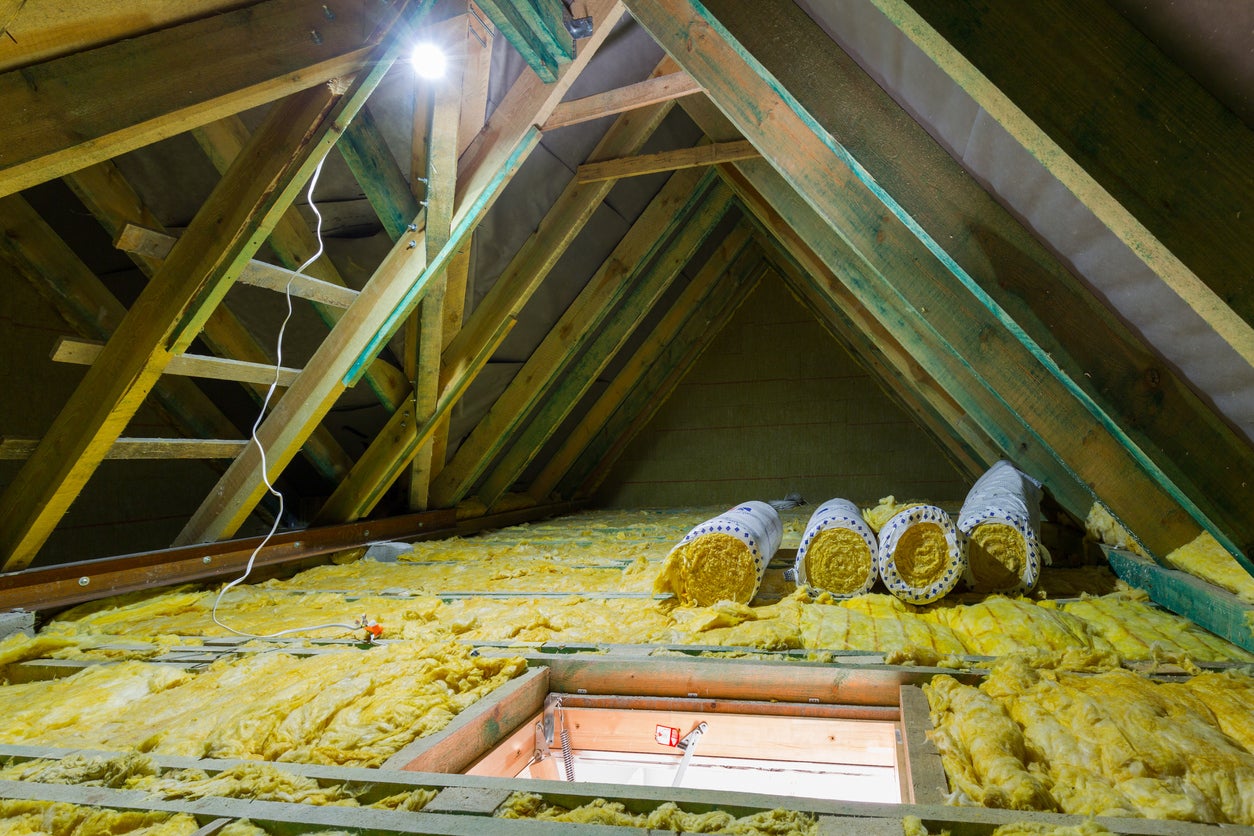
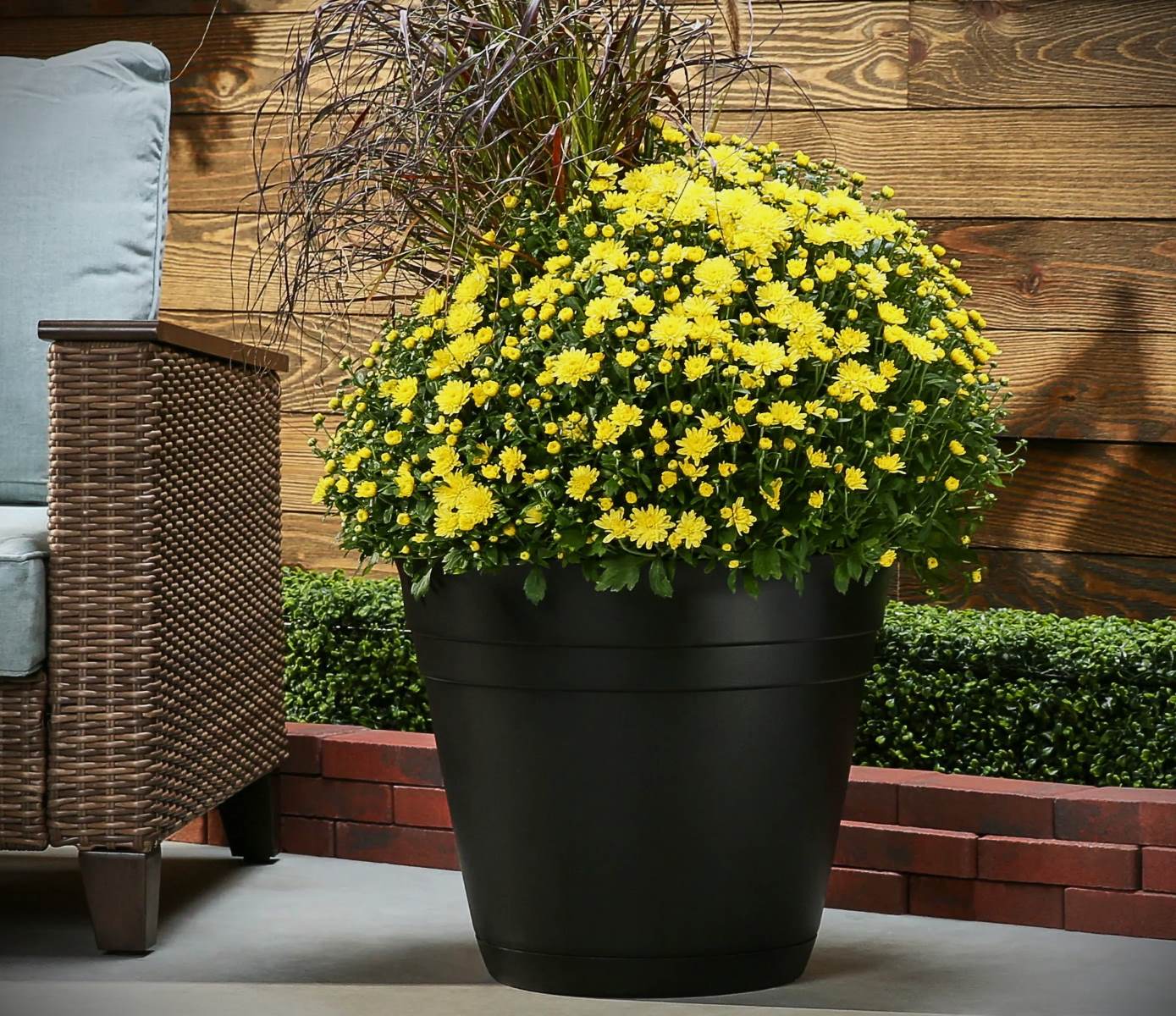
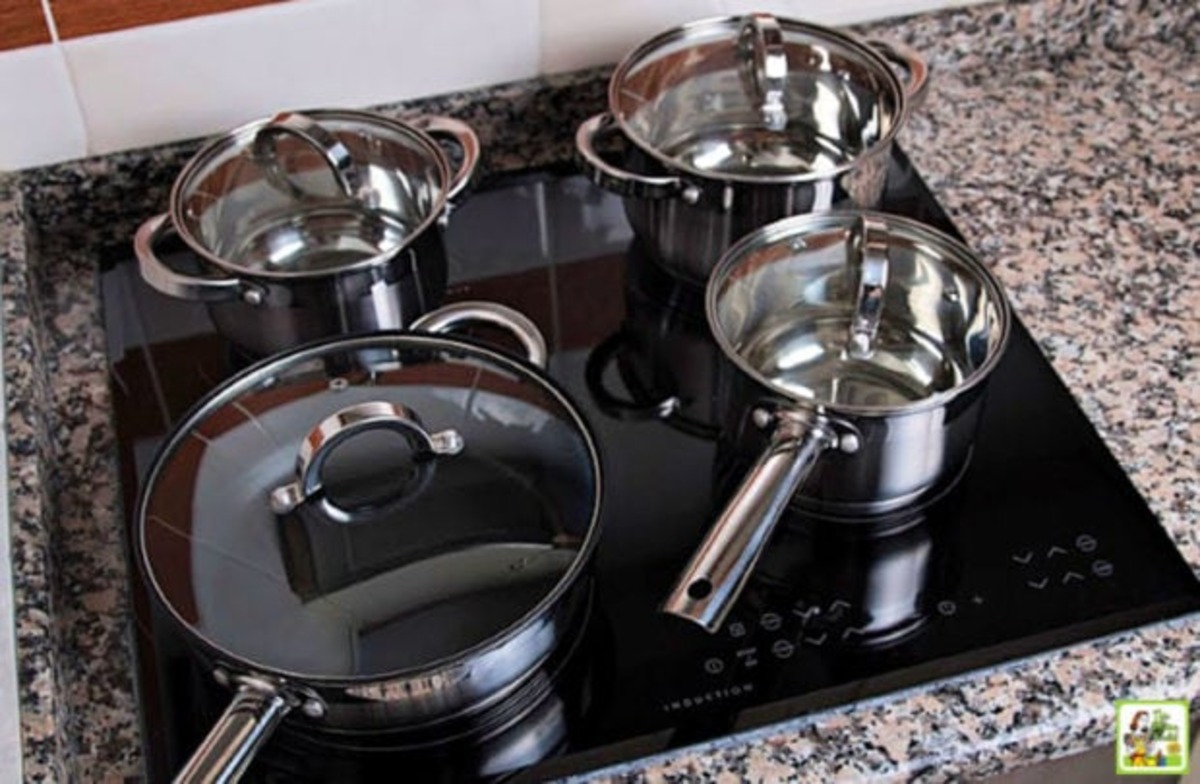
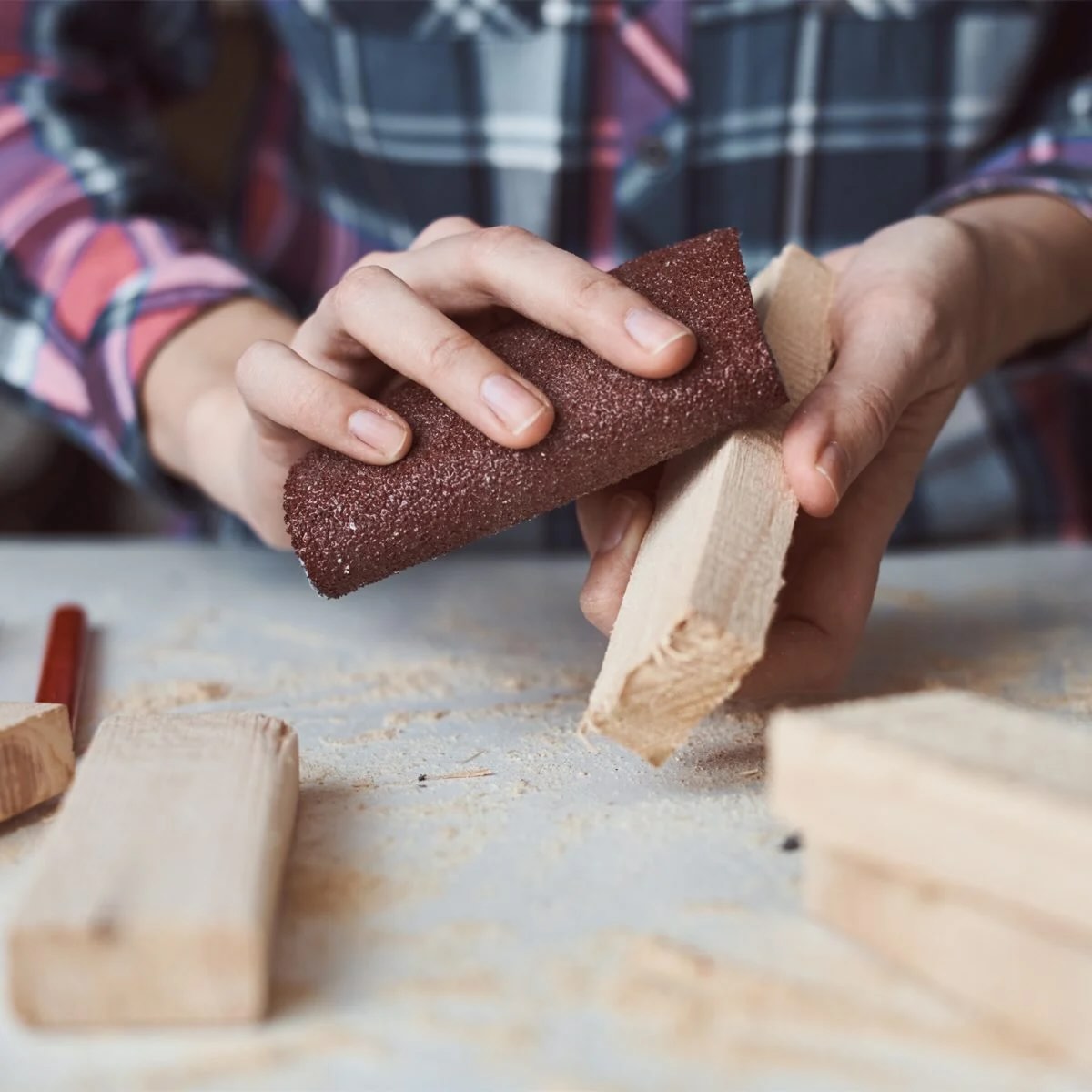
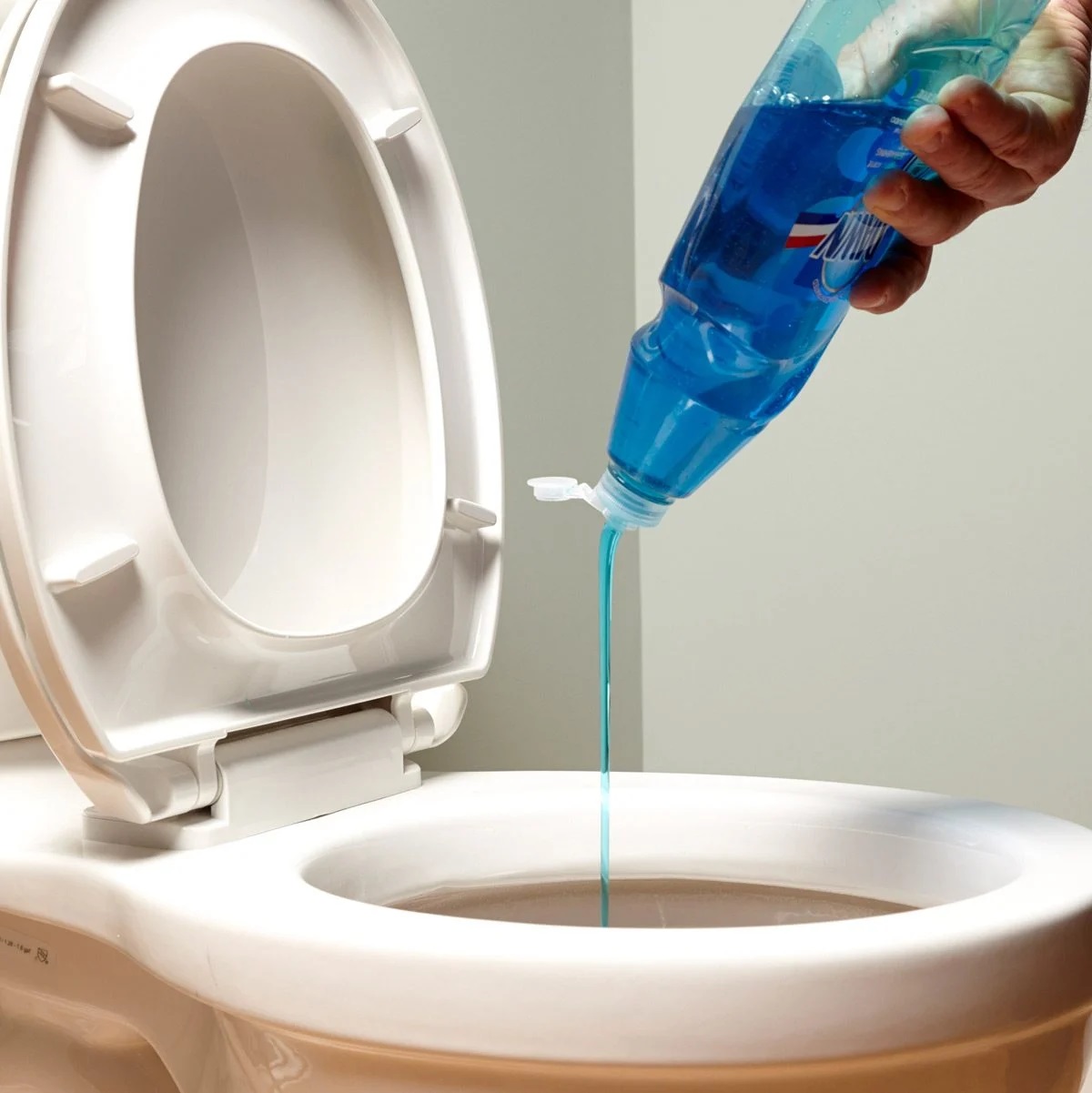
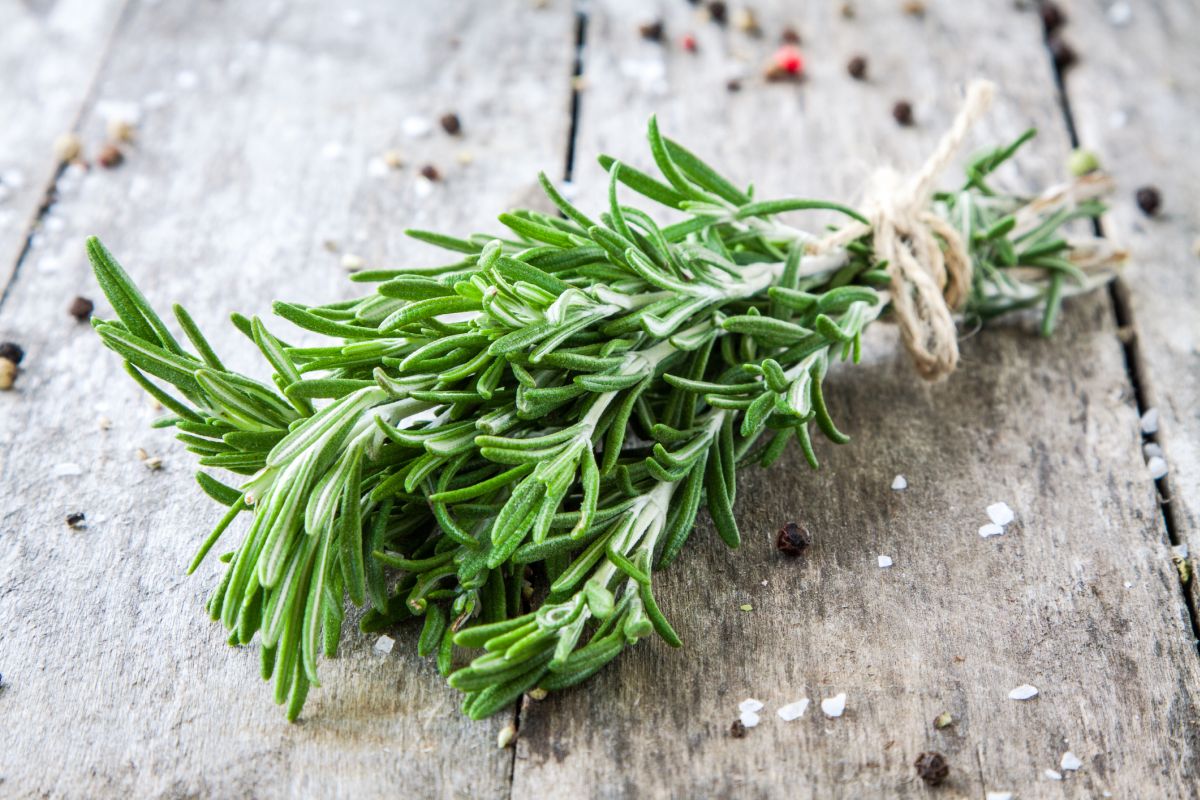
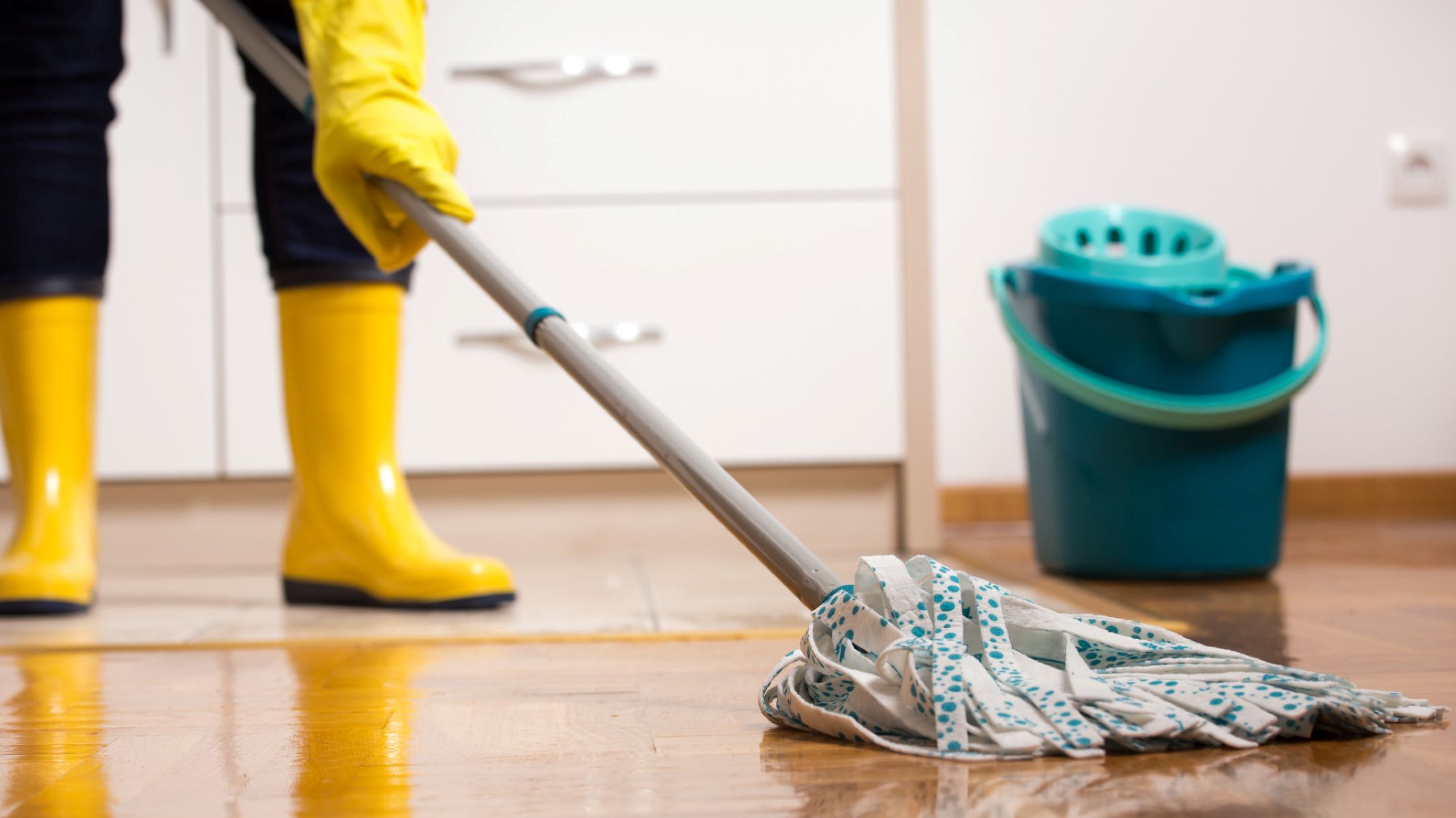
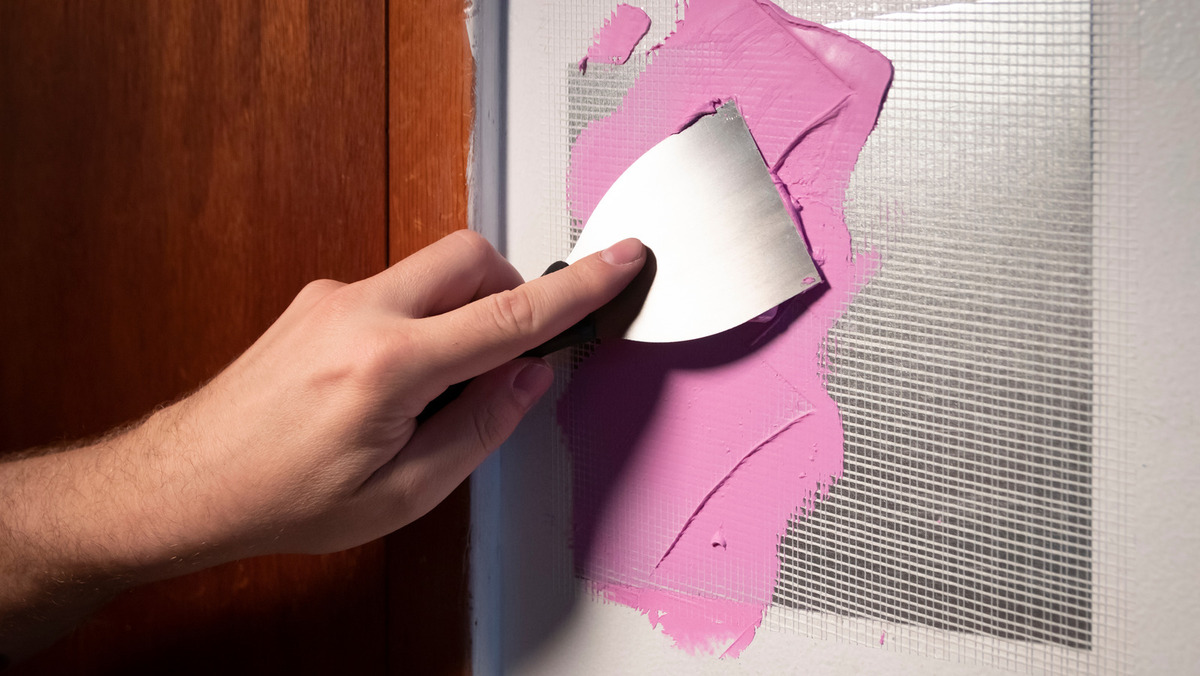
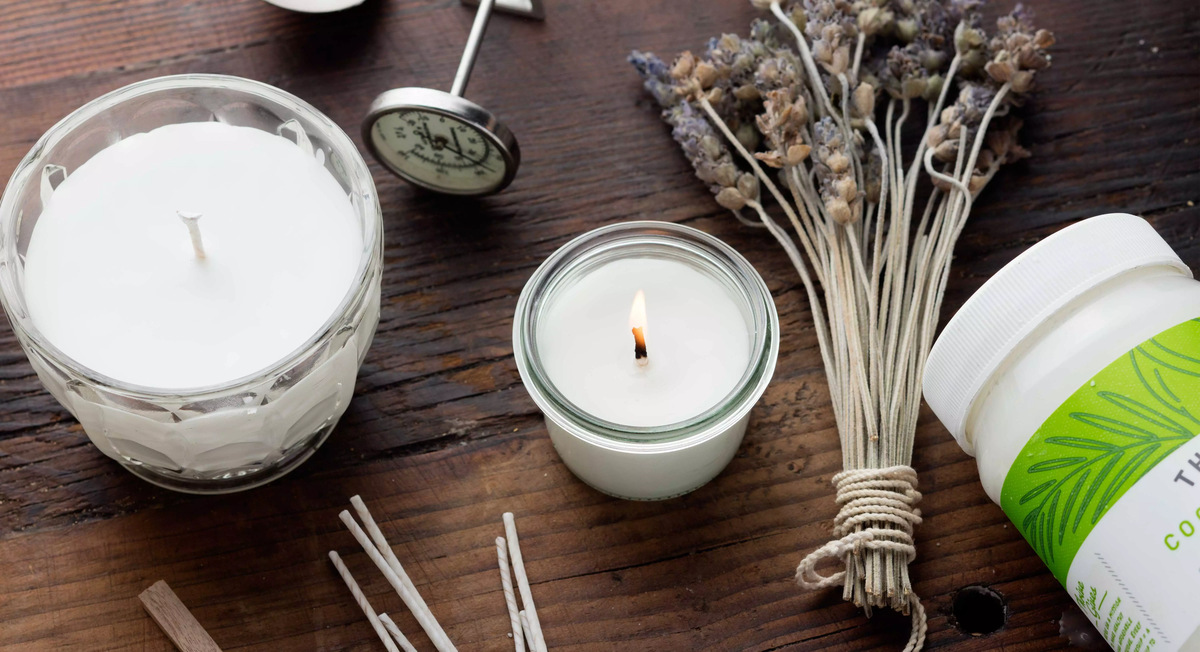
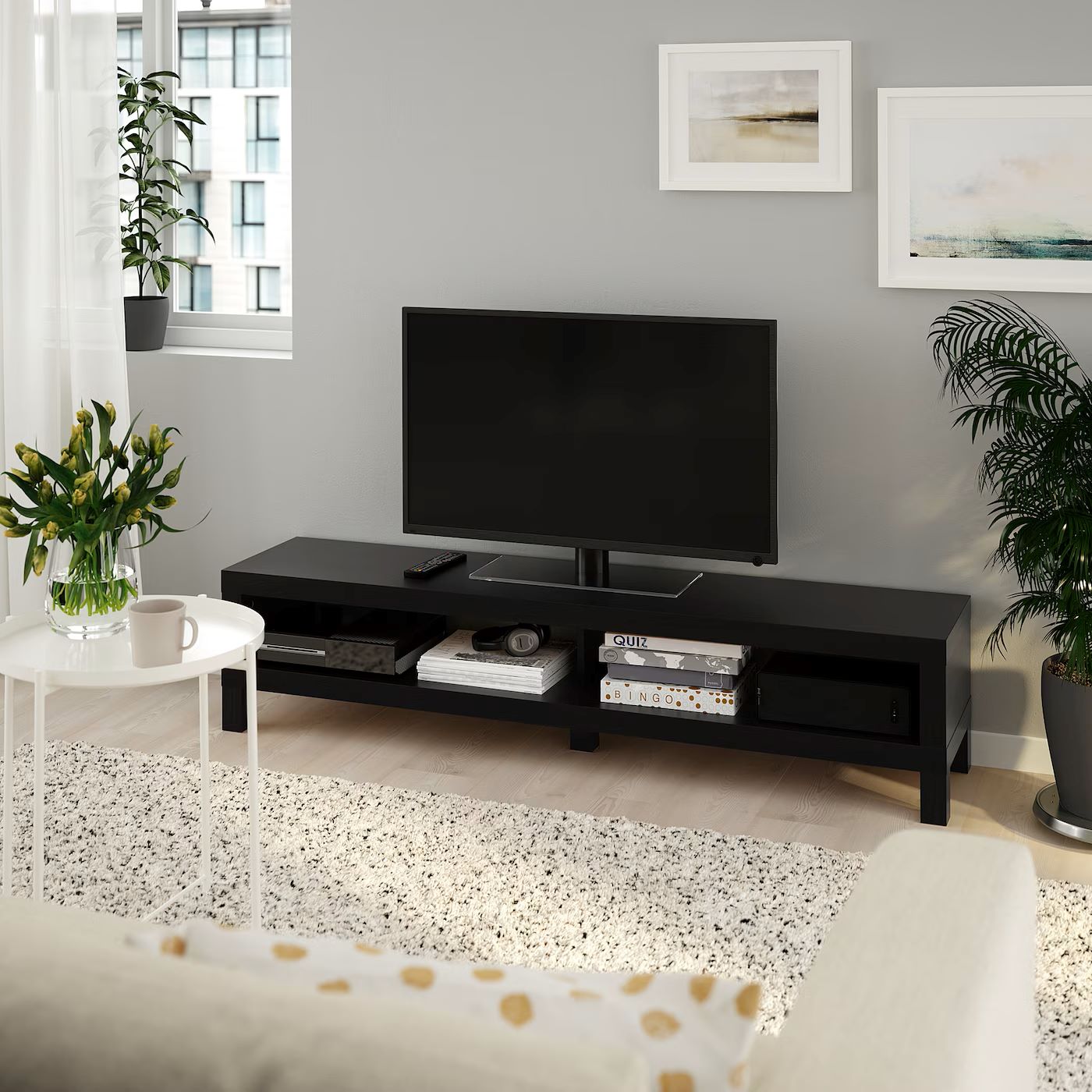
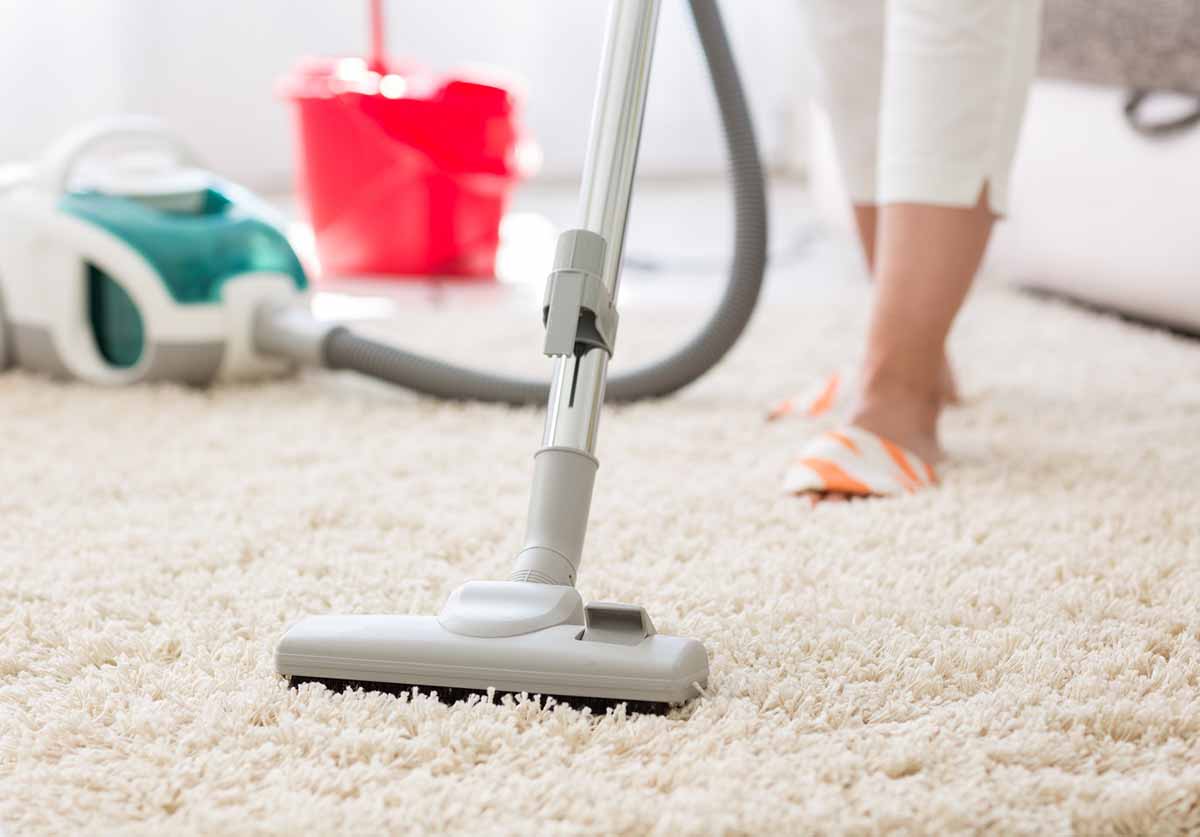
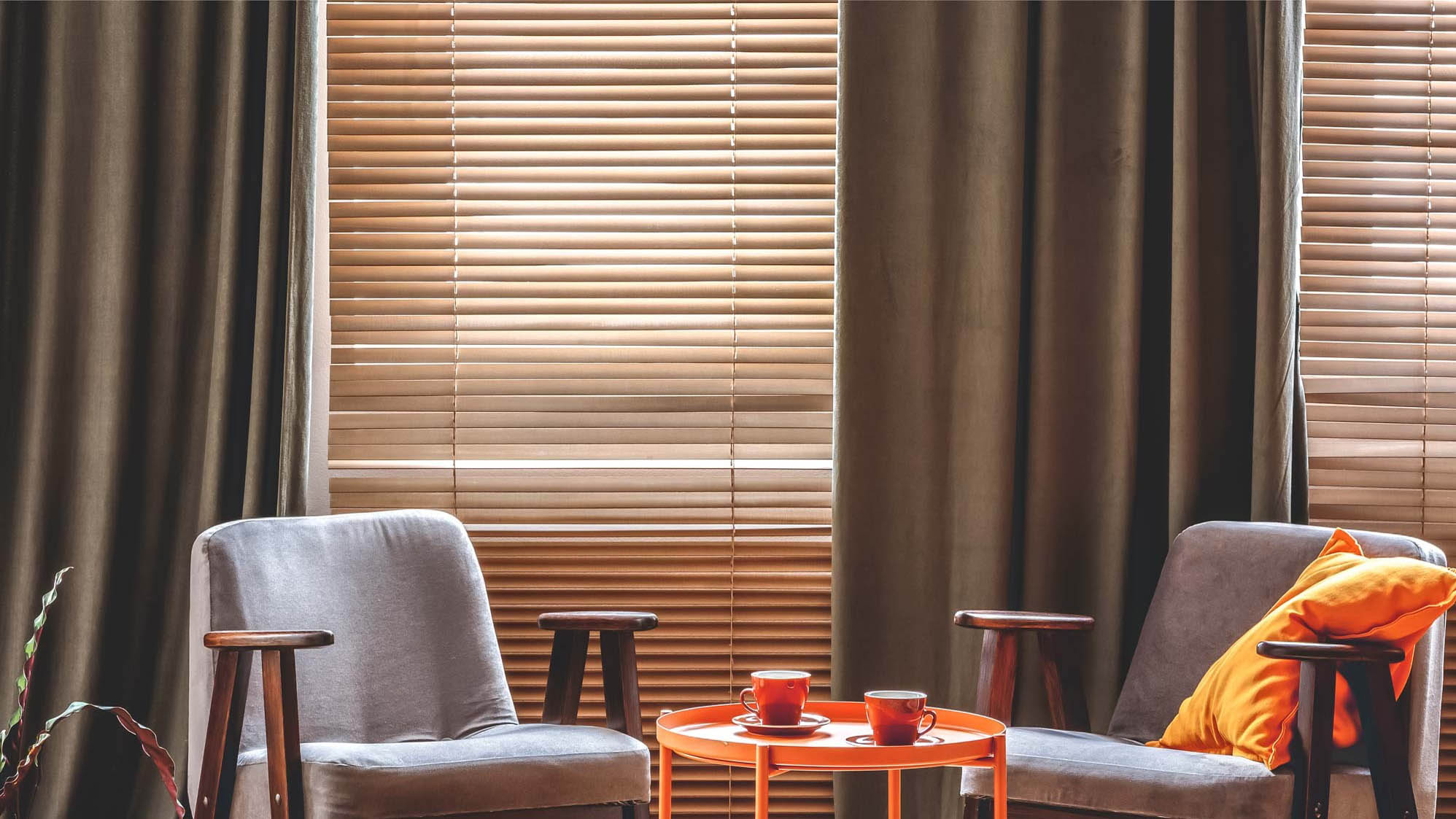

0 thoughts on “What Can I Use For Drainage In The Bottom Of A Planter”